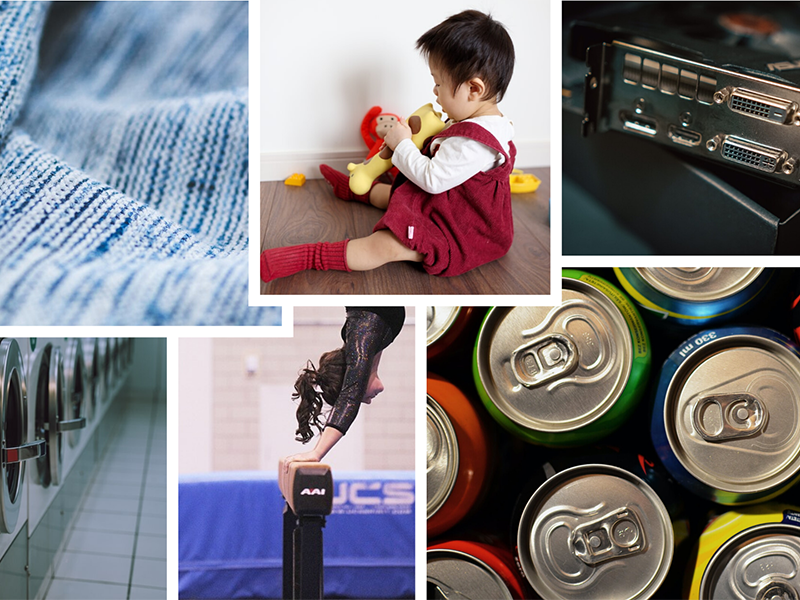
This month, the Safer Products for WA program submitted our list of eleven consumer products in a report to the Legislature. We will assess these products to determine whether regulation is needed to reduce sources of toxic chemicals. This proposed list of products will be final at the end of the next legislative session in April 2021.
We developed our list with significant input from stakeholders and the public. In January, we shared an update, opened a 45-day public comment period, and received 1,350 comments! We’re grateful for the response from communities, businesses, and organizations across the state and nation.
The overwhelming theme of that feedback was concern. Washington residents shared their worry about exposure to toxic chemicals from consumer products. Thousands of commenters asked us to look at more products and expand product categories.
We heard our stakeholders, and in response to their input, we conducted additional research on the new products they suggested. As a result, we added two new product categories to our list, and expanded the scope of three other categories.
In addition to Washington residents, we’re also looking forward to working with our industry partners to identify the challenges and market factors they face. We know accomplishing the next phase will require feedback from organizations making these products and customers using them. Our stakeholders in industry are uniquely positioned to help us understand what’s needed to help move the market toward replacing toxic chemicals with safer alternatives.
Here are the priority chemicals paired with the list of products that contain them:
- Flame retardants
- Electric and electronic enclosures (device casings)
- Recreational foam products
- PCBs (polychlorinated biphenyls)
- Paints and printing inks
- PFAS (per- and polyfluoroalkyl substances)
- Carpet and rugs
- Leather and textile furnishings
- Aftermarket treatments for textile and leather
- Phenolic compounds
- Food cans
- Thermal paper
- Laundry detergent
- Phthalates
- Vinyl flooring
- Personal care and beauty products (fragrances)
Our next steps will be to look for safer, feasible alternatives to these priority chemicals.
Learn more on the Safer Products for WA page or reach out to us at SaferProductsWA@ecy.wa.gov.

